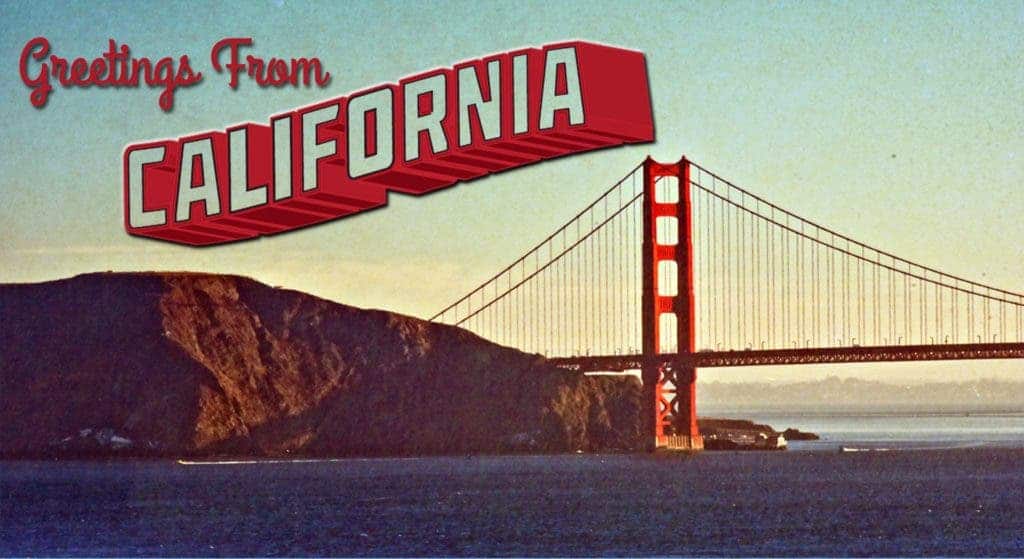California will shrug off any and all non-green energy by 2045.

Image in Public Domain.
Last week, Calfornia’s legislators passed Senate Bill 100, a bill to power the state exclusively on clean energy in the next two and a half decades. The bill is currently awaiting the signature of Gov. Jerry Brown to become official — an event that is expected until the end of the month.
Golden-green
Should Brown sign off on the bill, California will become the largest economy in the world to enact such an environmental policy.
Judging by the state’s track record, however, there’s very little debate that the Governor will give his approval. California has previously set the goal to draw on 50% green energy for its grid by 2030. The new bill also increases this pledge from 50 to 60% by 2030. Earlier this year, local legislators also changed state building codes to require new houses to incorporate solar energy capabilities.
Senate Bill 100 (Kevin de Leon) will move California away from dirty fuels like coal and oil towards 100% clean, renewable sources of energy like wind, solar, and geothermal.
However, it comes amid something of a struggle with the Trump administration — which has been making huge efforts to keep traditional energy sources, such as coal, at the forefront. It has also scaled back on some of the most important environmental regulations in the U.S. up to now. The current pledge flies square in the face of the Trump administration’s modus operandi and, as such is bound to attract some ire from high places.
Still, the bill’s proponents are determined to see it through come hell or high water — especially since those two have visited California already. Sea level rise is a worrying prospect for California and preparing for it is high on the state’s list of priorities. The massive wildfires that have gripped the state also helped stoke officials’ resolve. The bill passed with 44 in favor, 33 votes opposed.
“Ongoing wildfires fueled by record-high temperatures and drier conditions exacerbated by climate change have shown us that we can’t wait any longer to tackle the climate crisis and move to clean energy,” said Michael Brune, executive director of Sierra Club.
The Sierra Club, the U.S.’s “largest and most influential grassroots environmental organization”, alongside Earthjustice’s Right to Zero campaign also back the bill and initiative. Roughly 72% of Californians supported SB 100’s goals in a recent Public Policy Institute of California poll.
California isn’t the first state to shoot for 100% clean energy: Hawaii gained that distinction with a similar bill back in 2015. California however, as an economic and industrial powerhouse, will likely create much more significant ripples with its bill. Sorry Hawaii. New Jersey, Massachusetts, Washington, D.C., and New York are debating similar policies, Inhabitat reports. Colorado and Maryland have also considered going 100 percent clean energy but did not have enough votes to pass it.
“California just became the largest economy in the world to commit to a 100% clean energy grid,” said Paul Cort, an Earthjustice attorney who leads the California Right to Zero campaign. “While Trump is taking the nation backwards by deregulating and subsidizing the coal, oil, and natural gas industries in D.C., California is rolling up its sleeves to build bold climate protections. Already home to 500,000 clean energy jobs and the largest manufacturing powerhouse in the United States, California is proving that it can be done.”
“SB 100 is an inventive blueprint for California — and other states and countries — to safeguard the climate in a time of otherwise dangerous capitulations to polluting fossil fuel companies. We’re looking forward to Governor Brown signing the bill just in time for the state’s climate summit.”






